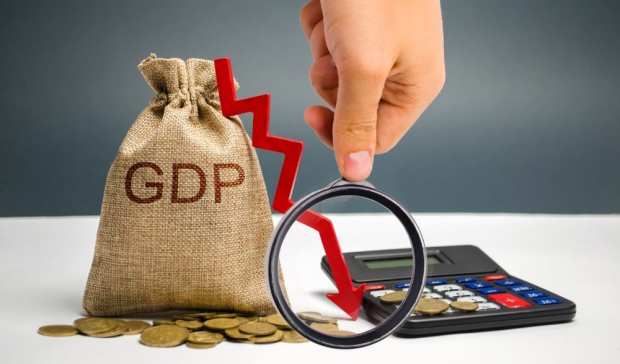Data Points To US Consumer Spending Slowdown

Consider the stock market free fall a bit of a lagging indicator — one that seems to be playing catch-up to the U.S. economy’s slowing growth rate.
The markets are up, a bit, as of Thursday (Oct. 3) morning, but Wednesday was a doozy, as broader indices were off 1.8 percent.
Blame it on the data.
And the data? Well, that data points to what will likely be a rough holiday season, and a rough patch for consumer spending that will last far beyond that holiday shopping season.
The latest spate of data reveals the weakest showing from manufacturing sector in about a decade — that was on Tuesday. The numbers showed that the ISM U.S. manufacturing purchasing managers’ index came in at 47.8 percent in September, and is the second consecutive month of contraction.
Wednesday marked another shoe drop.
The jobs data that came out from ADP show an anemic 135,000 jobs added in September. Taken together, according to reports such as have been seen in Bloomberg and elsewhere, gross domestic product (GDP) growth is slated to slow to 1.7 percent, well beyond past readings of the high 2 percent to north of 3 percent levels.
Bloomberg notes that when the GDP growth rate slips below 2 percent there is almost always a recession. And to help drive home the sentiment that we are below the 2 percent threshold, the Atlanta Fed’s GDPNow model estimates that the economy grew by 1.8 percent in the third quarter of 2019.
That’s the high-level picture.
Drill down a bit, and the stage is already set for a stall in consumer spending to become a deep freeze. The latest data on consumers show that pocketbooks were less than fully opened in August. Consumer spending edged up 10 basis points in August, and were given a boost, perhaps seasonal in nature, by spending on vehicles and “recreational” goods — yet spending at restaurants and hotels was lower, indicating that there has been, is and will be some pullback in discretionary outlays. The reading was also below the 30 basis points that analysts had expected.
The data was also slightly revised downward by the Commerce Department for the month of July, and now stands at 50 basis points of gains, down from 60 basis points.
Clearly, the trade war, which has stretched so far that the year and a half mark is in sight, is having a ripple effect. Inflation also has increased a bit, as the personal consumption expenditures index, stripping out food and energy, was up 10 basis points in August, up from 20 basis points in July. The annual 1.8 percent pace is worth monitoring. Rising inflation (though manageable so far, we note that tariffs may induce firms to boost process to cover their own input costs), coupled with consumer caution do not augur well for the holiday shopping season, which of course begins in earnest in a few short weeks.
Then there’s the unemployment data. The Labor Department said Thursday that initial claims for state unemployment benefits increased 4,000 to 219,000 — a bit worse than the 215,000 that had been expected. Now, to be sure, unemployment is relatively and historically low in the United States. The claims data have been on the rise for three weeks. Lack of hiring means that businesses are not confident about the future — and that likely trickles down to the consumer. When the consumer is less sanguine about his or her job prospects, spending dries up.
